The Challenge
The SPX project gave us a few Drupal 8 "firsts". We had the opportunity to fully explore Drupal 8's multilingual capabilities to see how it utilised entity translation differently from Drupal 7 and how it would handle language fallback when content was unavailable in a given language. The project also enabled us to look into how Drupal 8 would handle a multi-site installation, since we would need to create four different looking websites, all the while using the same codebase.
Our solution
From the outset on this project we knew that the required functionality was nothing that Drupal 8 couldn't handle so we took the decision to develop using this, giving us the ideal opportunity to explore its multilingual functionality.
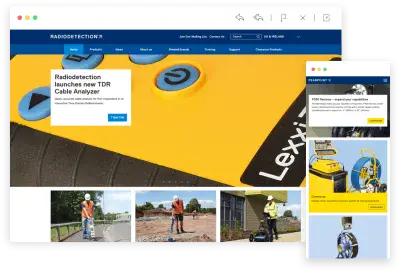
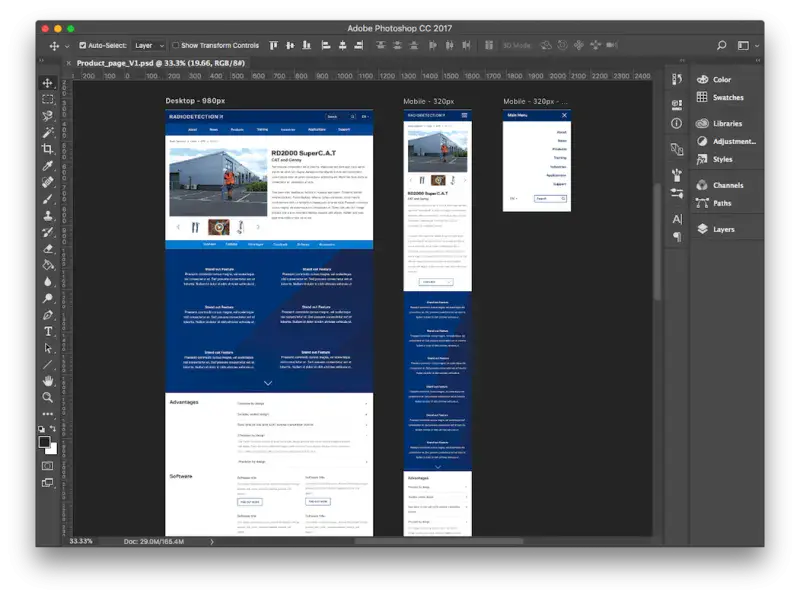
Responsive design
As with any modern web design task it was key that any design we presented to the client would be responsive. The huge benefit of this approach is confidence that the new Drupal website will render nicely on whatever device the user uses to view it.

Drupal 8 Multilingual & Multisites
A key requirement of this project was that the websites that sit on this platform should all be multilingual. This gave us the ideal opportunity to get our teeth into how all of this works within Drupal 8.
The websites offer their users the ability to switch between a number of languages with each piece of content having versions written in each. These will then be shown to the user when they have selected that language as their preference meaning everything can be nicely managed from an admin point of view!
Once we had all the functionality we wanted there was a requirement to host a number of different websites on the same codebase. Fortunately Drupal makes this easy with its multisite functionality allowing us to use the same code and functionality across a number of distinct websites. Each of these will manage their data and content independently of each other.
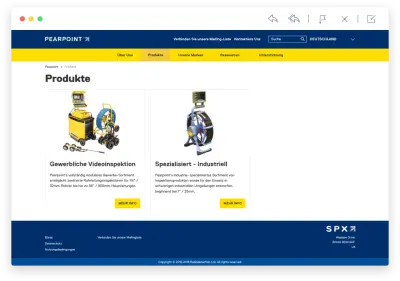
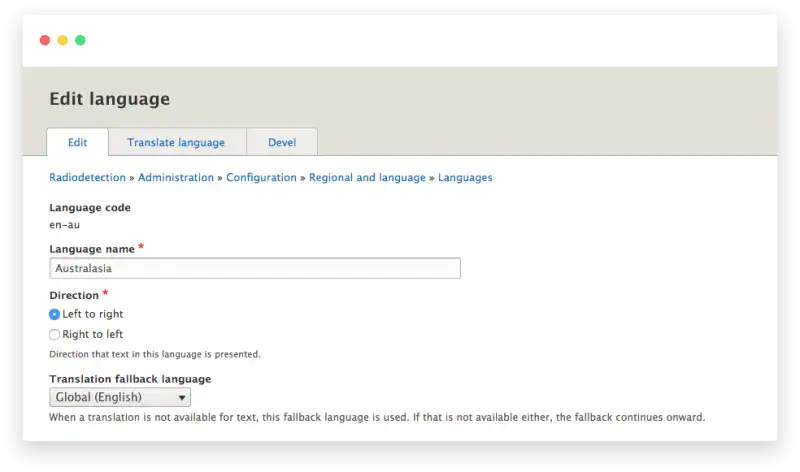
Language Hierarchy
Language Hierarchy adds the ability to have fallback languages, which is pivotal when implementing sub languages, like we did for SPX. Our very own James Williams and Steven Jones helped maintain the module too.
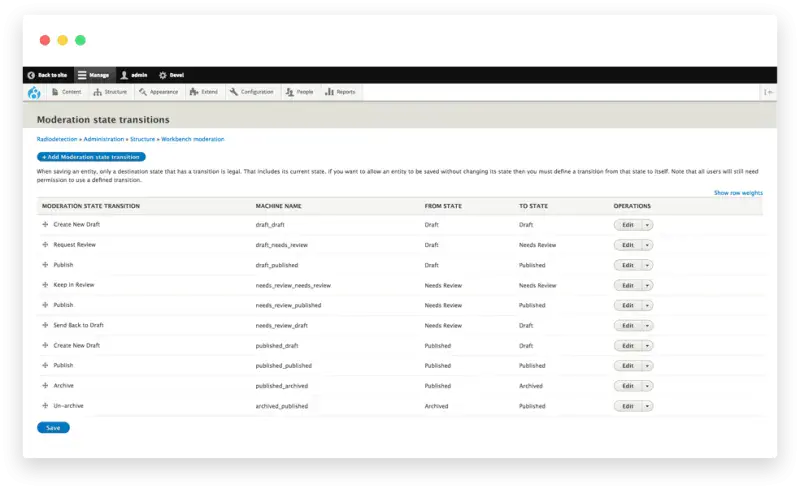
Content Moderation
Out of the box Drupal allows for content to be either published or unpublished to control what the end user sees. On this project we needed to add in a moderation workflow to allow editors to review content being added to the website before it went live.